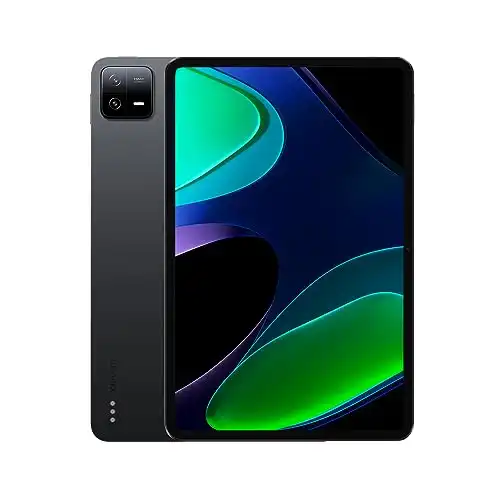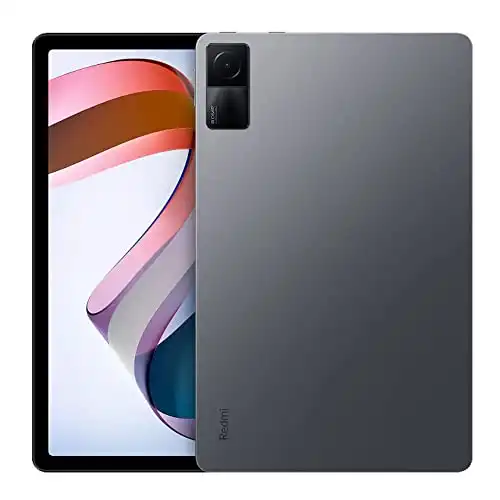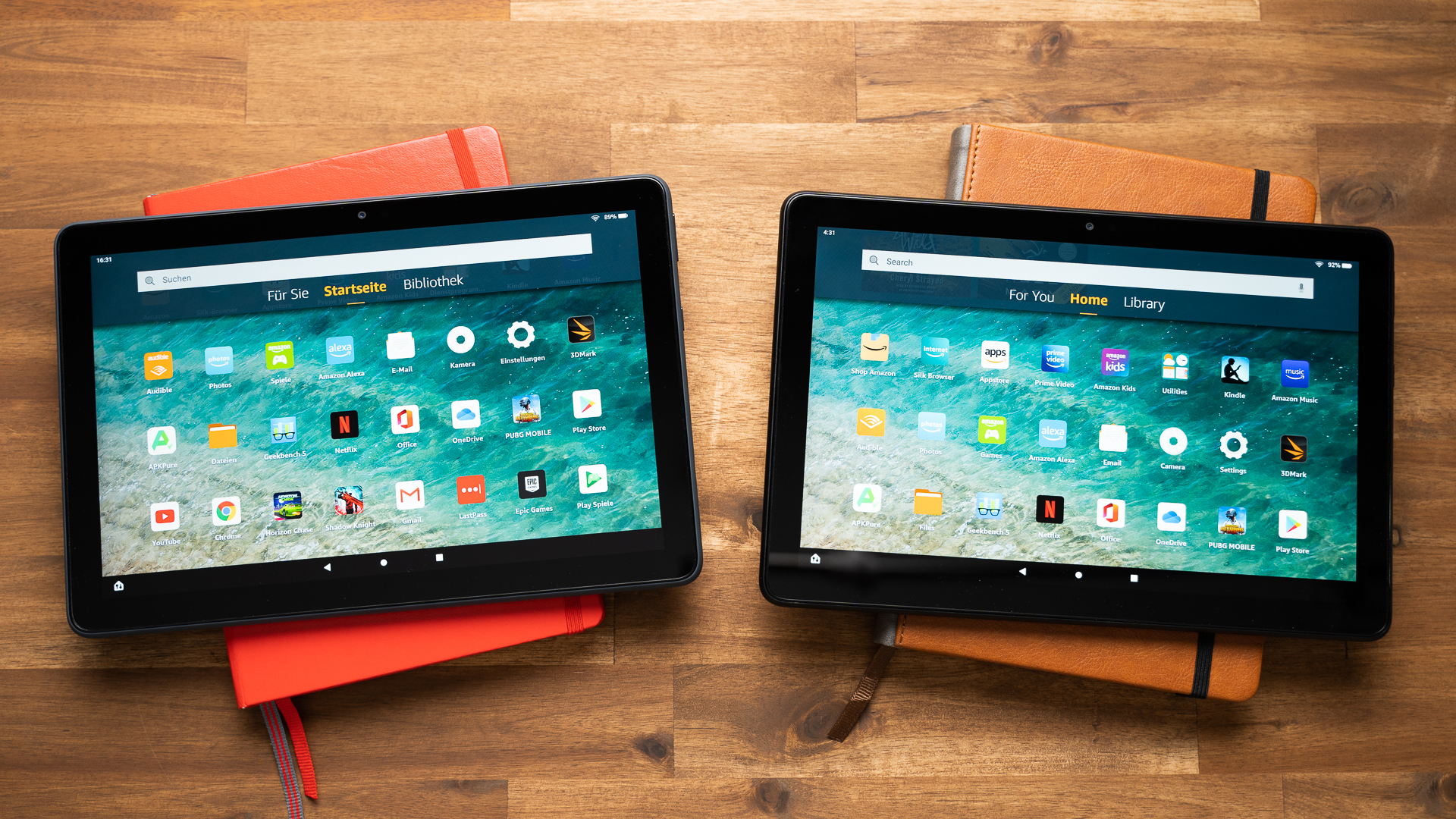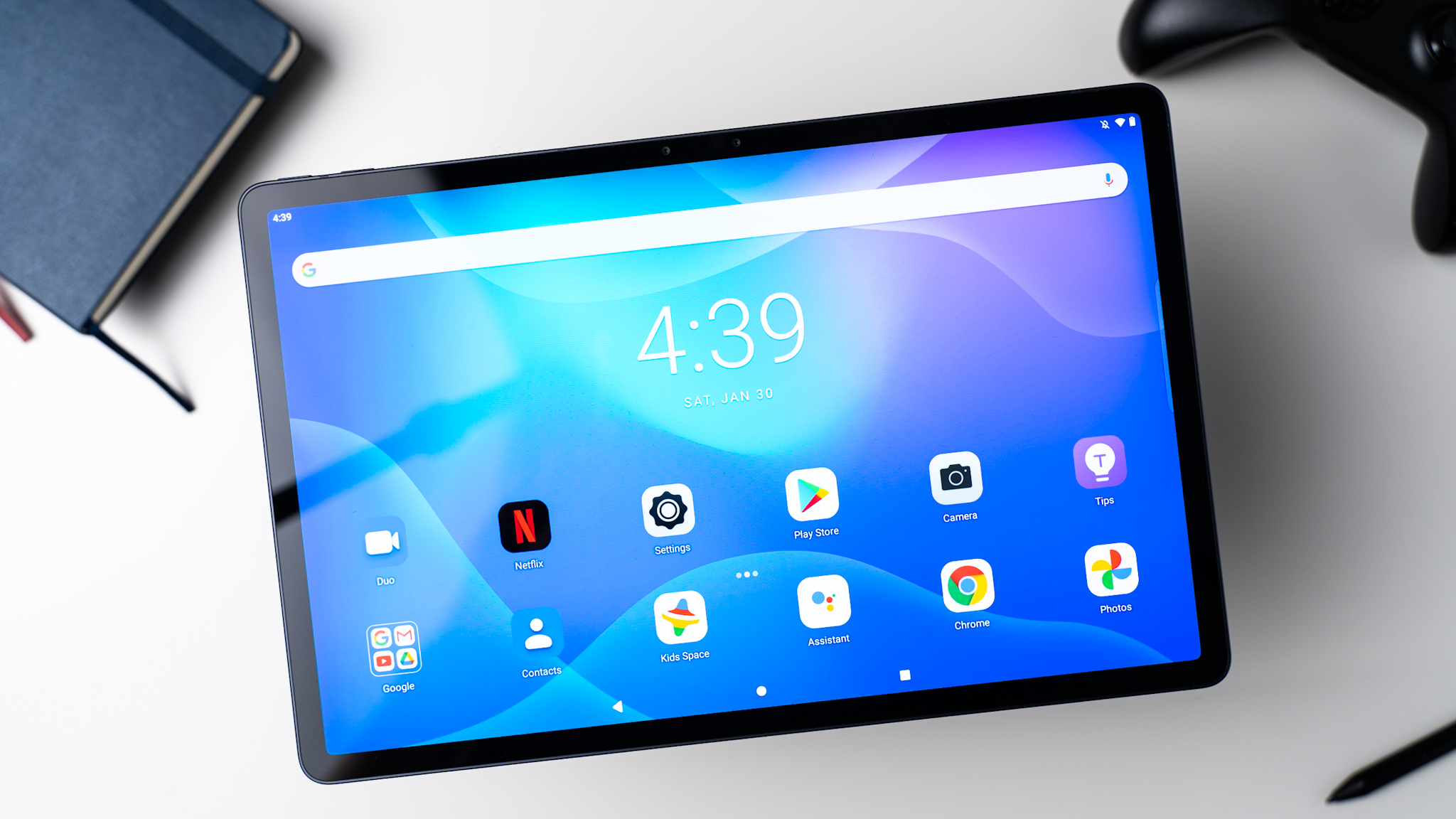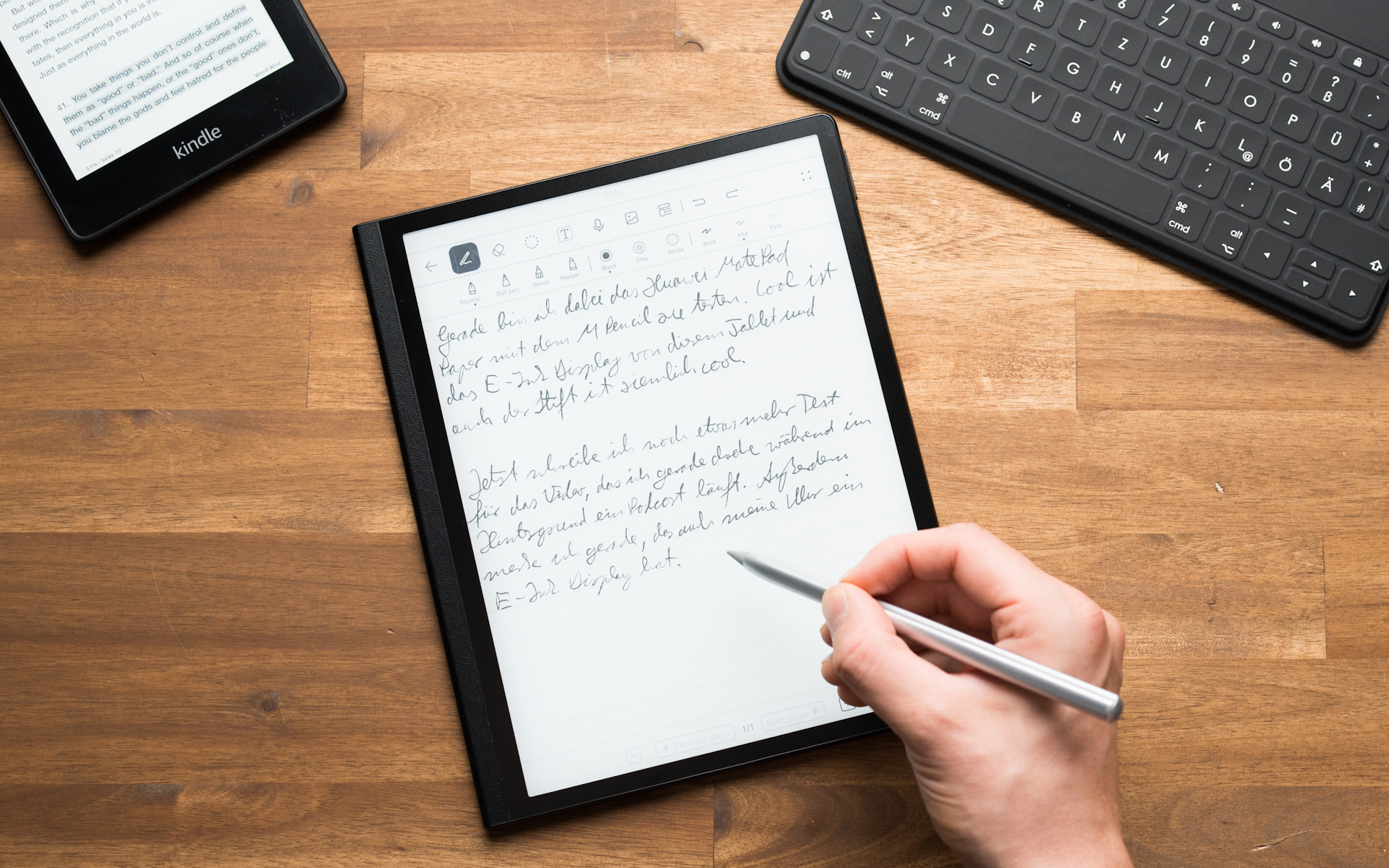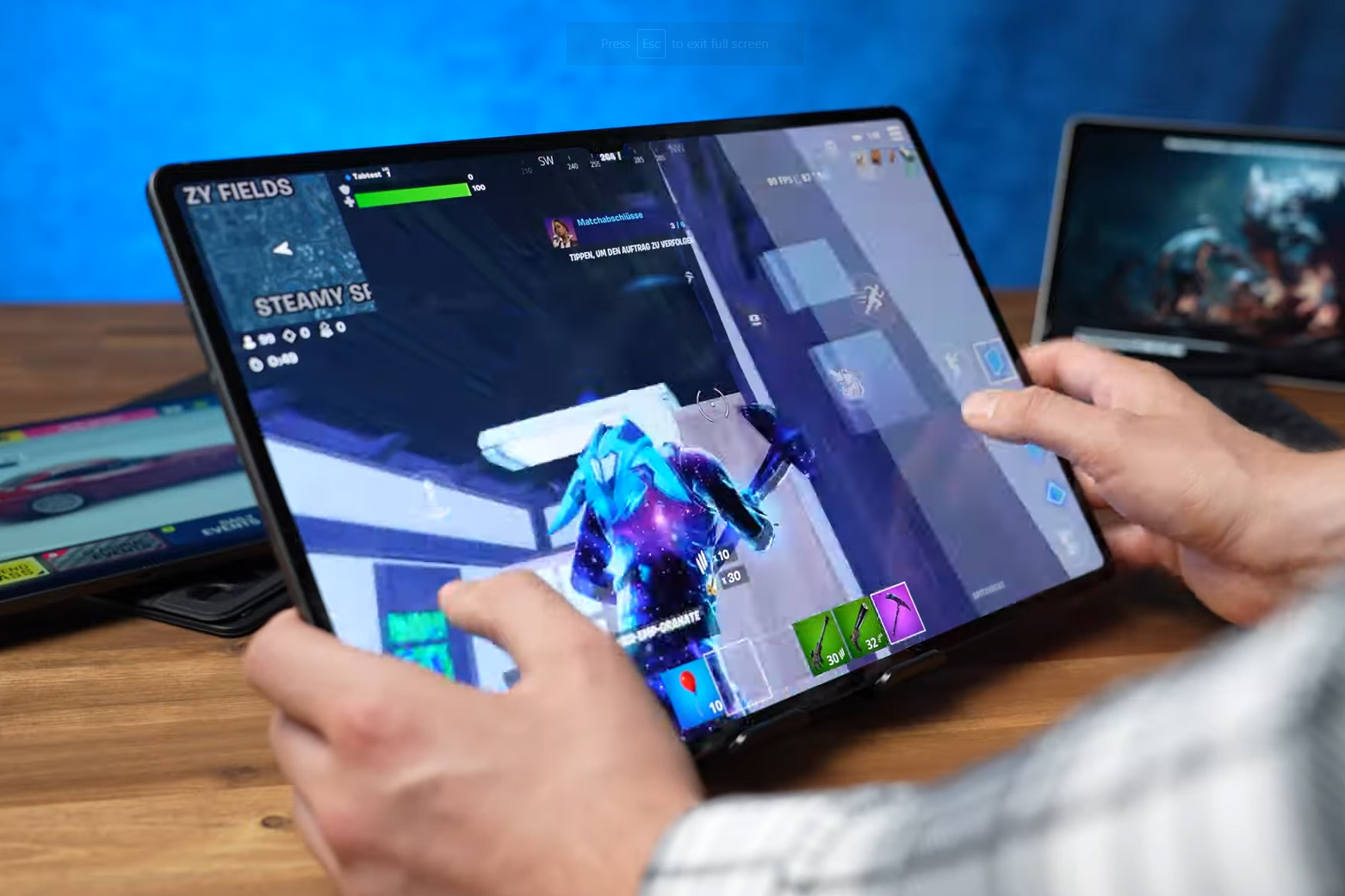Comparisons
Xiaomi Pad 6 vs Xiaomi Pad 5 vs Redmi Pad Comparison
How much better is the Xiaomi Pad 6 compared to the Xiaomi Pad 5 and when is it worth it to get the Xiaomi Redmi Pad instead?
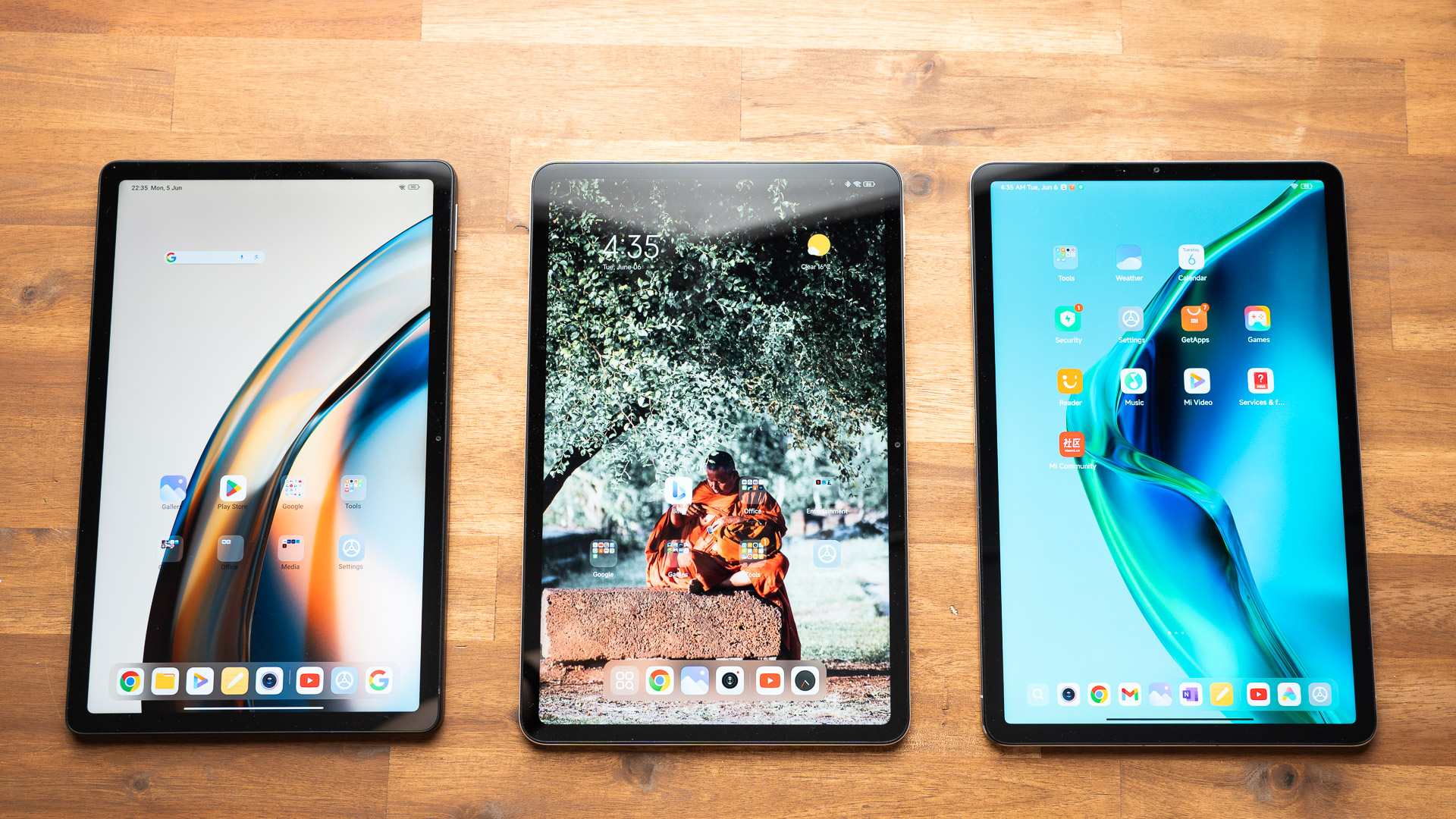
How much better is the Xiaomi Pad 6 compared to the Pad 5 and when is it actually worth choosing the Xiaomi Redmi Pad? I reviewed and compared all three tablets and in this comparison you learn which one is better for who.
Design & Build Quality
We start this comparison with the design and build quality. The basic design of the three devices is similar, but in terms of quality, the Xiaomi Pad 6 and Redmi Pad are actually almost on par. Namely, both have a metal casing, while the Pad 5’s back is made of plastic. The Redmi Pad and Pad 6 feel similarly built and better than the 5.
The Xiaomi Pad 6 offers a fantastic value. Even though it's quite affordable, it offers tons of flagship features like a metal body, a pretty 144Hz display, powerful hardware, and up-to-date software. You can get it with a keyboard and pen - however, some features like a fingerprint scanner are missing.
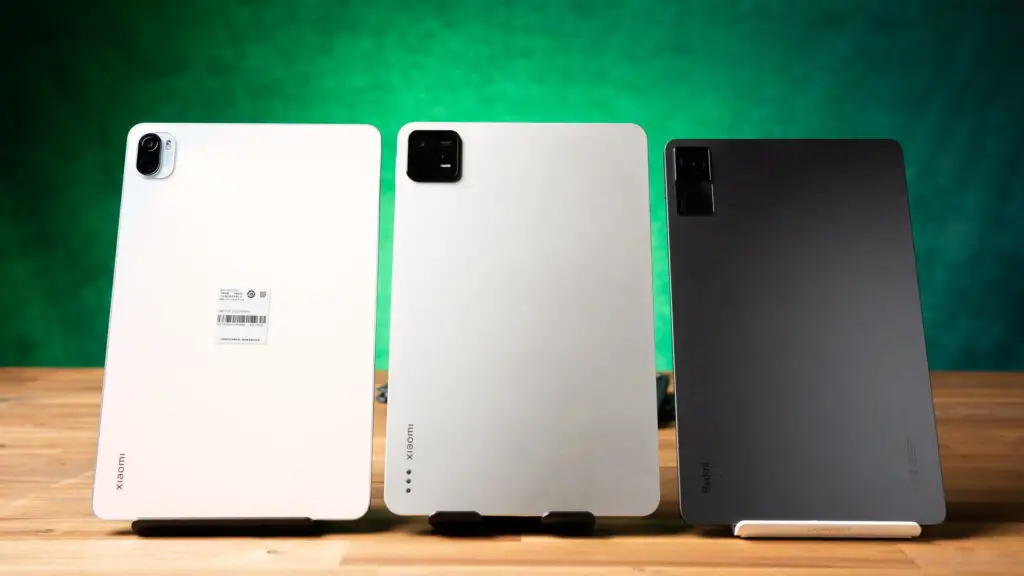
Unfortunately, all three lack a headphone jack, there are no MicroSD card slots and no version with SIM card slots. However, they all have a USB C port. On the Redmi Pad, it’s only USB 2.0, while the Pad 5 has USB 3.1 and the Pad 6 has USB 3.2.
Keyboard Cover
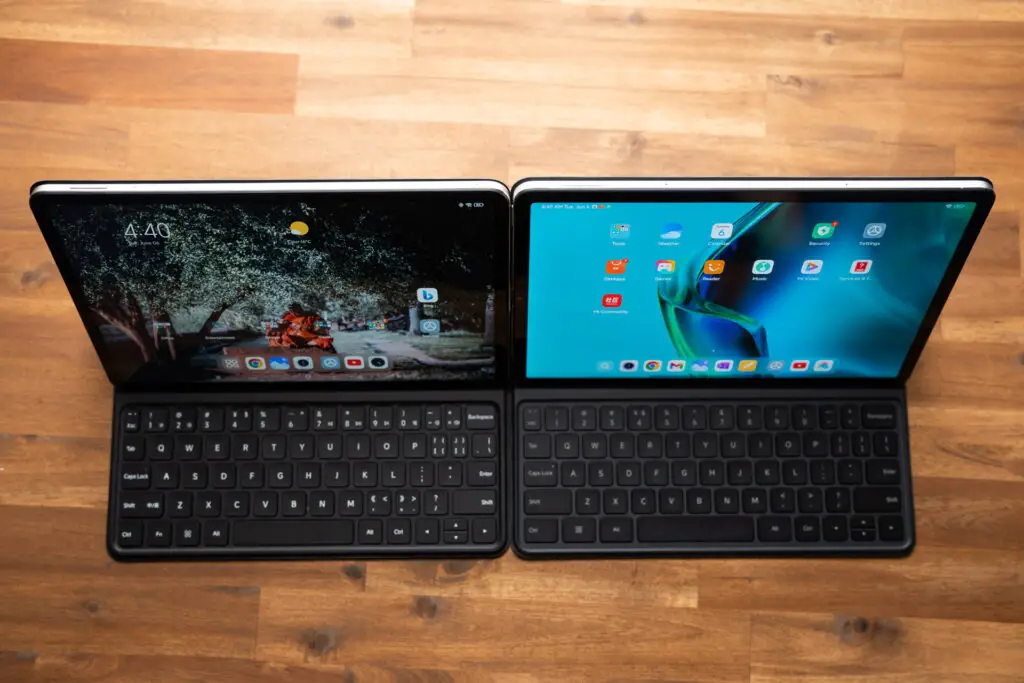
Xiaomi offers keyboard covers for the Pad 5 and Pad 6 that are almost the same – but actually not interchangeable. This is a real shame. While the keyboards are good, they are not as good as Samsung’s and Apple’s – especially because a touchpad is missing and you can only position the tablets at one angle.
The Redmi Pad does not have an official keyboard, but you can connect one via Bluetooth or USB, of course.
Display & Speakers
Let’s move on to the displays. The Xiaomi Pad 6 and 5 each have an 11-inch display, while the Redmi is a bit smaller at 10.61 inches. The latter also has the lowest resolution at 2000 x 1200 pixels, followed by 2560 x 1600 pixels on the 5 and a full 2880 x 1800 pixels on the 6. So, the Pad 6 is the sharpest and you can clearly see that especially compared to the Redmi.
The Redmi Pad has a 90Hz display, while we get 120Hz on the Pad 5 and even 144Hz on the Pad 6. So, regarding this, Xiaomi is very well positioned across all price ranges.
The Xiaomi Redmi Pad is a great mid-range tablet. Even though it's very affordable, it offers a premium metal body, the 10-inch screen supports 90Hz, and the performance is great for most games. In addition to that, we get four good speakers, up-to-date software with updates, and a long battery life. Sadly, you cannot open two apps side by side with the 3GB RAM version. That's a pitty.
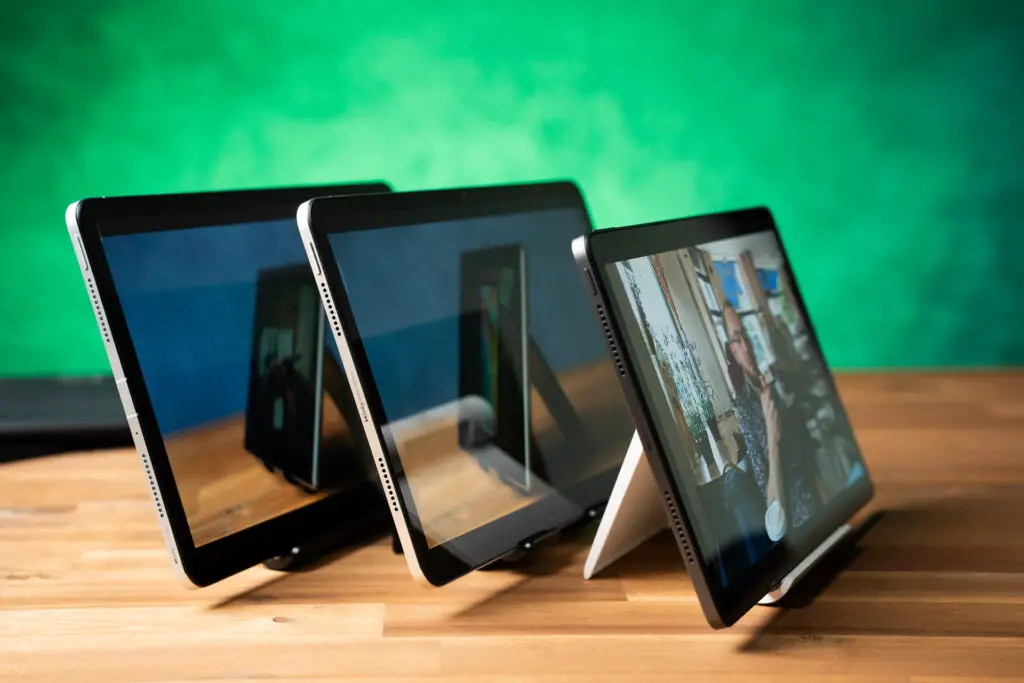
In general, these are really good displays for their prices. They’re all laminated, all pretty bright, and all look good. The Pad 6 has a slightly warmer display than the Pad 5 and the Redmi looks a bit too bluish. The latter also doesn’t have quite as stable viewing angles as the more expensive two.
I could not notice any difference between the four speakers of the Pad 5 and 6. And the Redmi Pad also comes surprisingly close – but in direct comparison, the sound doesn’t sound quite as full and the bass not quite as strong.
Xiaomi Pens
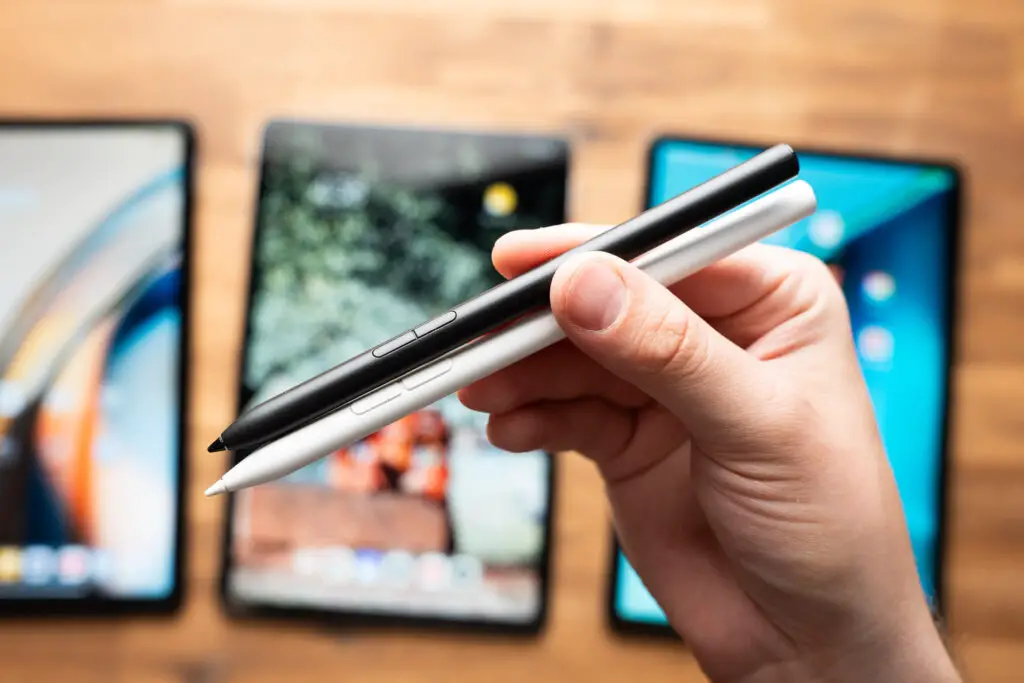
You can write on the displays of the Xiaomi Pad 6 and Pad 5 each with an active stylus. The stylus of the 6 also works on the 5, but unfortunately the old one does not work on the new one. A real pity. The Redmi does not support an active stylus at all.
In the end, both pens are pretty good. In a direct comparison, the newer one is a bit better, but the difference is not that big. You can write down handwritten notes and also draw and paint well with both. It is just a pity that Xiaomi does not have as good software for pens as Samsung.
Hardware & Performance
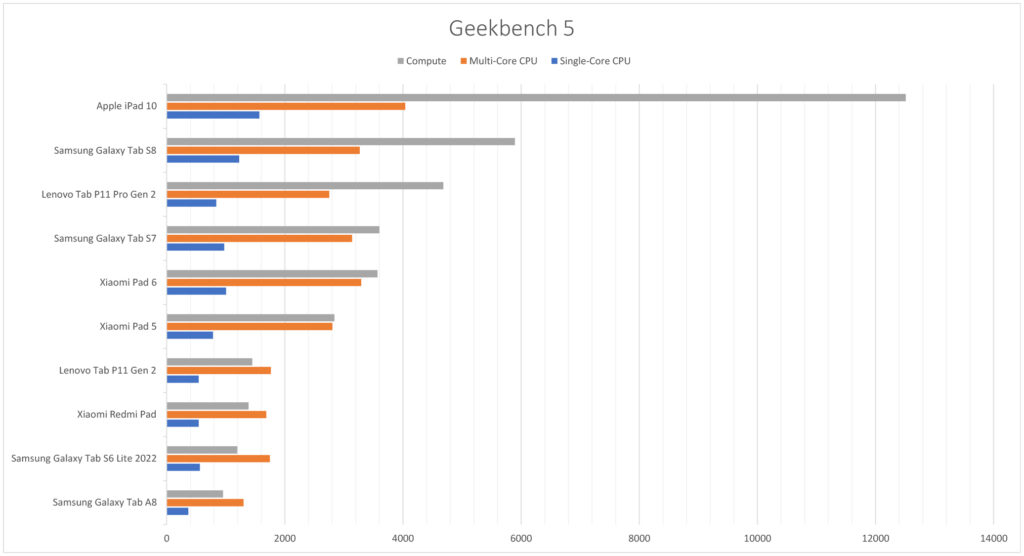
Let’s move on to the internal hardware. In the Xiaomi Pad 6 sits a Qualcomm Snapdragon 870 chipset with 8GB to 12GB of RAM and 128GB to 512GB of internal storage. The predecessor has a Snapdragon 860 with 6GB of RAM and 128GB to 256GB of storage. On the Redmi Pad, however, we have to settle for a MediaTek Helio G99 chipset, as well as 3GB to 6GB of RAM and 64GB to 128GB of storage.
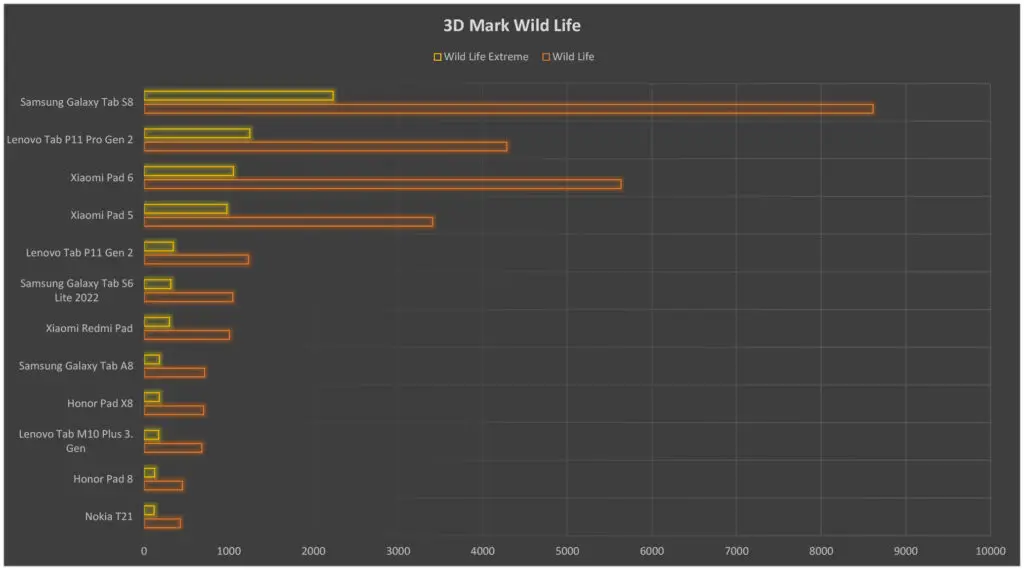
The Geekbench 5 and 3D Mark benchmark comparisons are clear: The Xiaomi Pad 6 is quite a bit more powerful than the Pad 5 and both are faster than the Redmi Pad. In real-world use, this is especially noticeable in the gaming test. For example, you can play PUBG Mobile with HD graphics on the Redmi Pad only, whereas you can select the much better UltraHD graphics on the Pad 6. The latter is also possible on the Pad 5.
I am surprised by the good performance of the Redmi Pad with standard tasks. Sure, it’s a bit weaker than the other two with intensive multitasking. But it is still pretty good for the price. However, it is a pity that the multi-window view does not work on the 3 GB RAM version.
Software
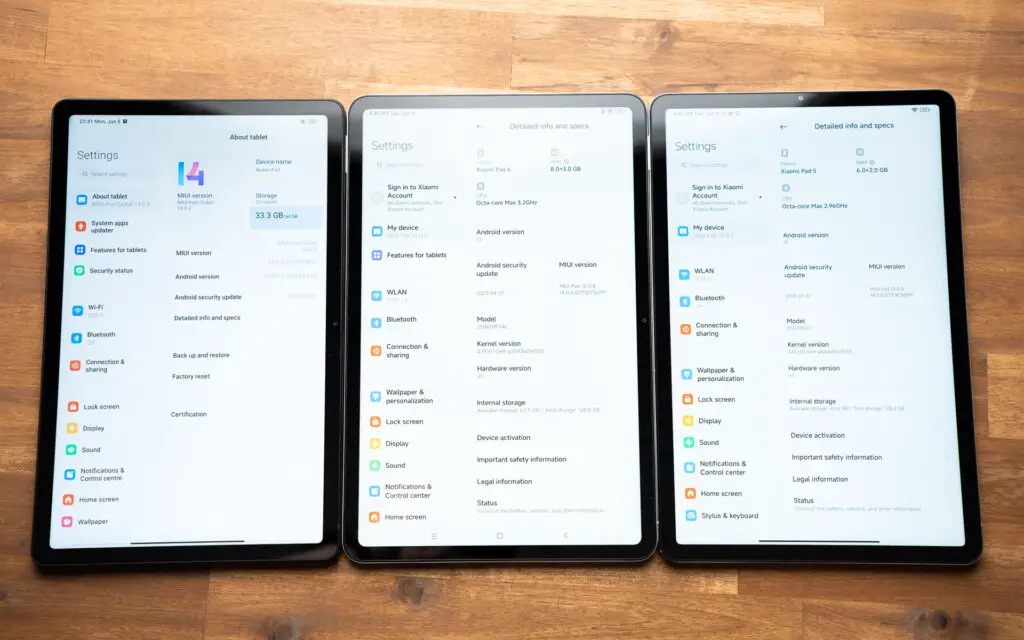
All three tablets run Android 13 with MIUI version 14, which is really great because you can see Xiaomi has given the Pad 5 and Redmi Pad updates in the past. And that is why I assume that this will also be the case for the new edition. Now it just remains to be seen for how many years they will get updates.
So, the software is mostly the same, but I assume that the Pad 6 will get updates the longest from now on.
Battery Life

The Redmi Pad’s battery life is the longest at 10 hours, followed by the 9-hour Pad 5 and 8.15-hour Pad 6. For my battery test, I always run an HD YouTube video at maximum brightness in a continuous loop – also at maximum refresh rate.
Xiaomi Pad 6 Comparison: Final Words
So, which of the tablets is the better? The Xiaomi Pad 6 is the best of the three, of course. And if you’re looking for a reasonably priced tablet that can take on flagship tablets from Samsung and Apple, the Pad 6 is good for that, too.
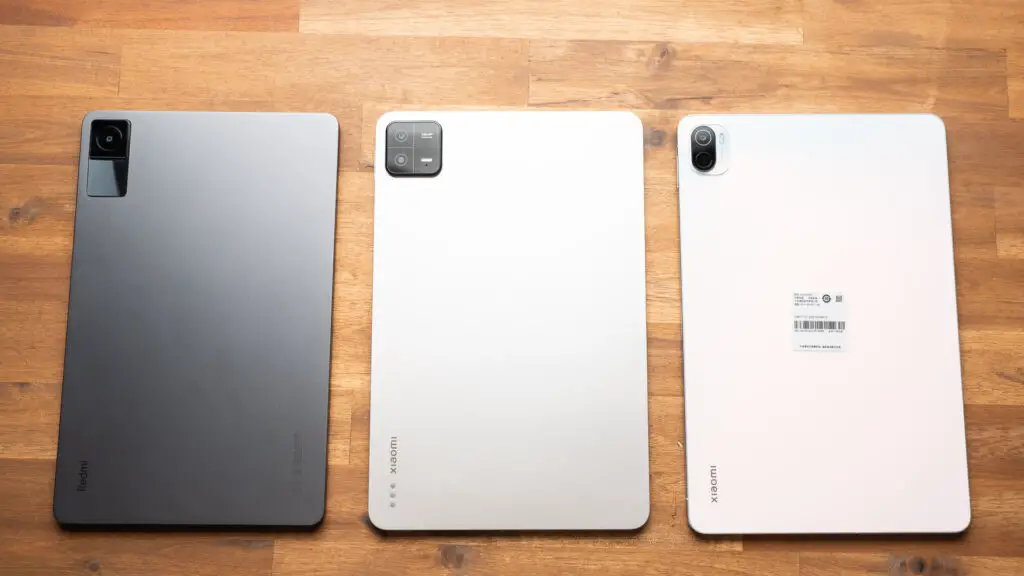
It’s only slightly weaker than the Xiaomi Pad 5, and if you have that, it’s not worth upgrading to the Pad 6 for most people. But if you are looking for a new tablet, I wouldn’t go for the Pad 5 anymore, because the Pad 6 is definitely better. I think Pad 5 is interesting when it’s really much cheaper than the new one only.
I think the Redmi Pad is quite exciting. It’s got a metal case, a 90Hz display, and the performance is good enough for most apps and also for many games. Sure, not a top performer, but good enough. If you do not need a stylus or an official keyboard and want to save some money, I think it is a very good choice.
-
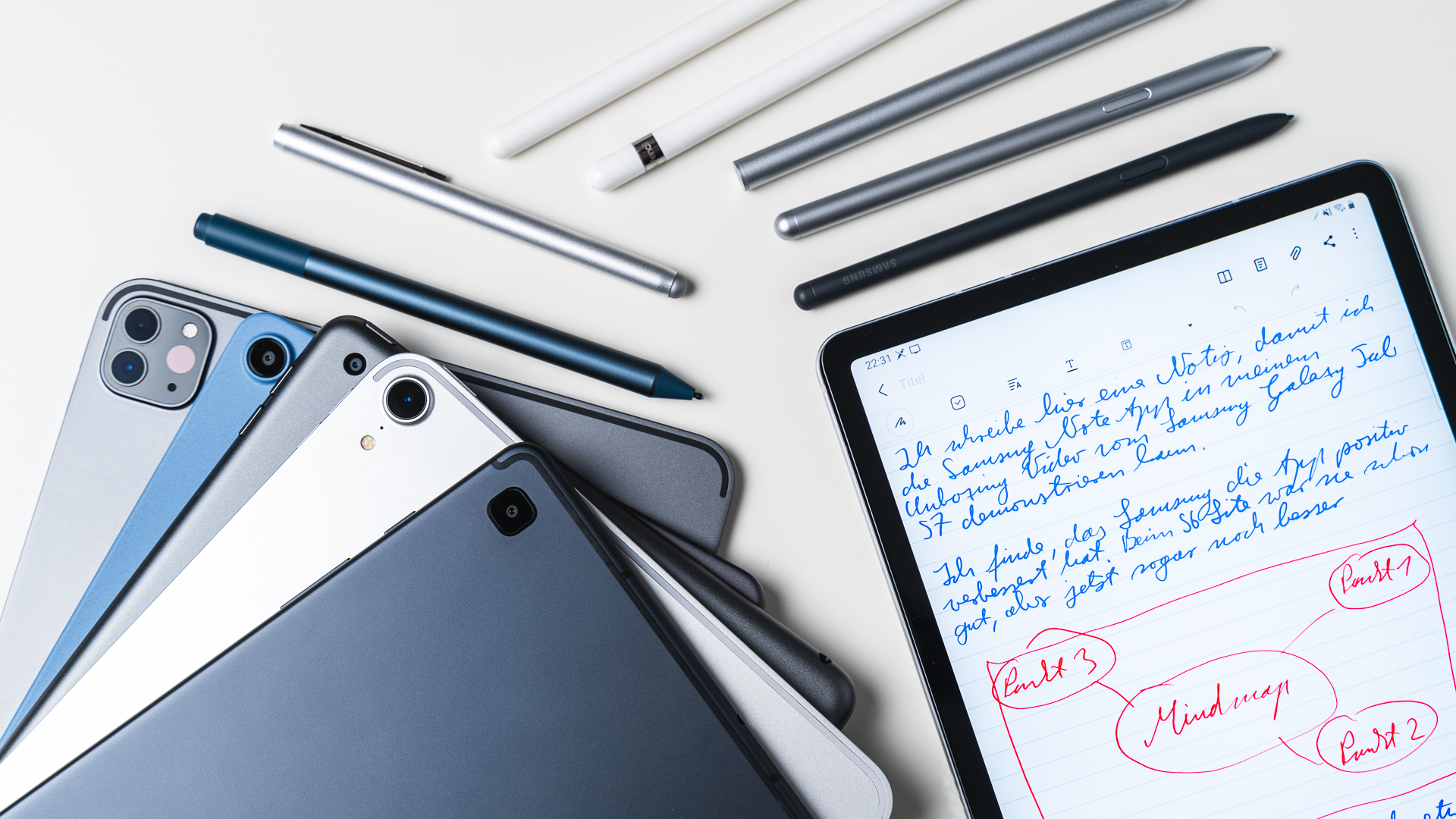
 The Best6 months ago
The Best6 months ago9 Best Tablets With Stylus Pen For Drawing & Writing | 2024 Edition
-
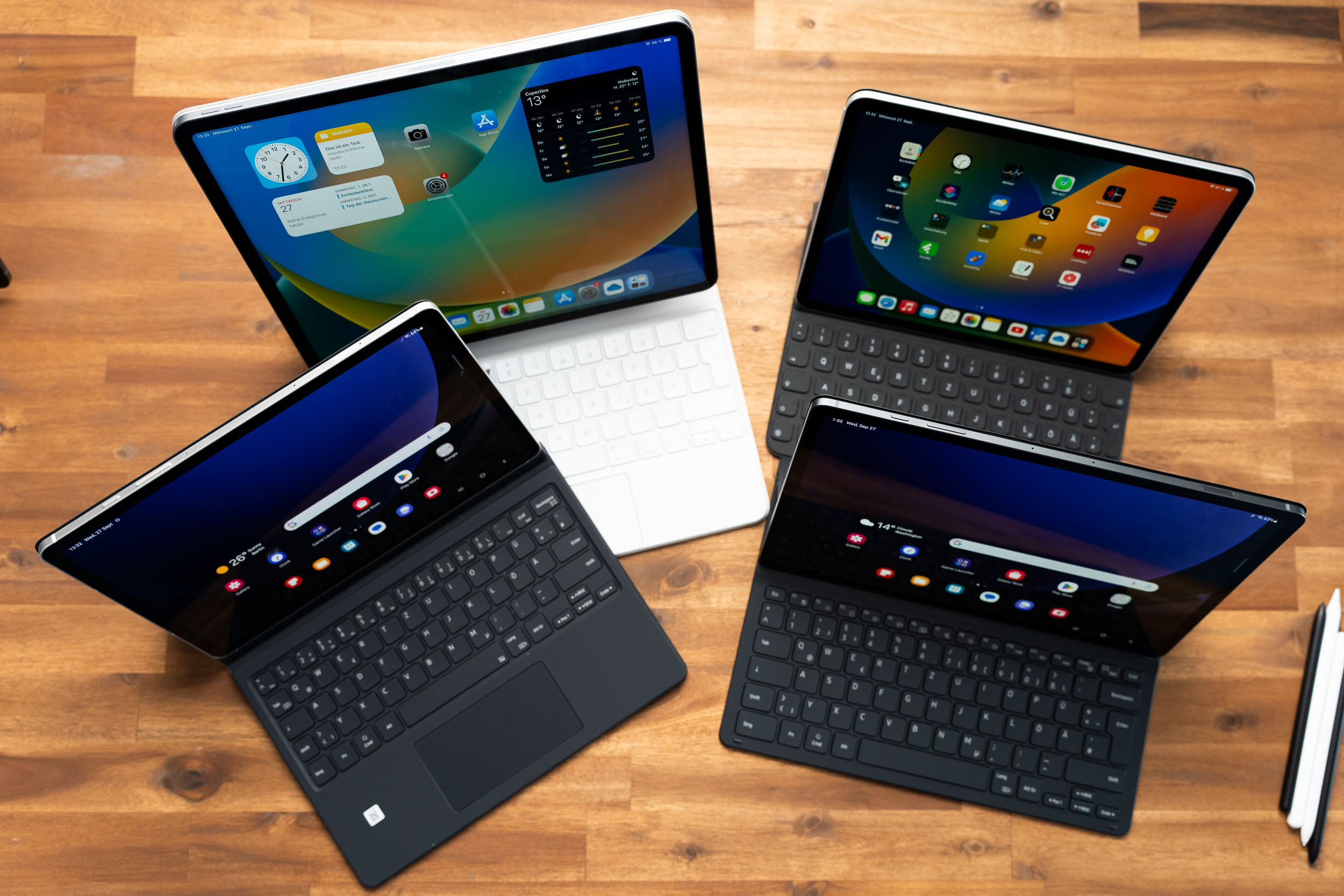
 The Best5 months ago
The Best5 months agoTop 10 Best Tablets with a Keyboard | 2024 Edition
-
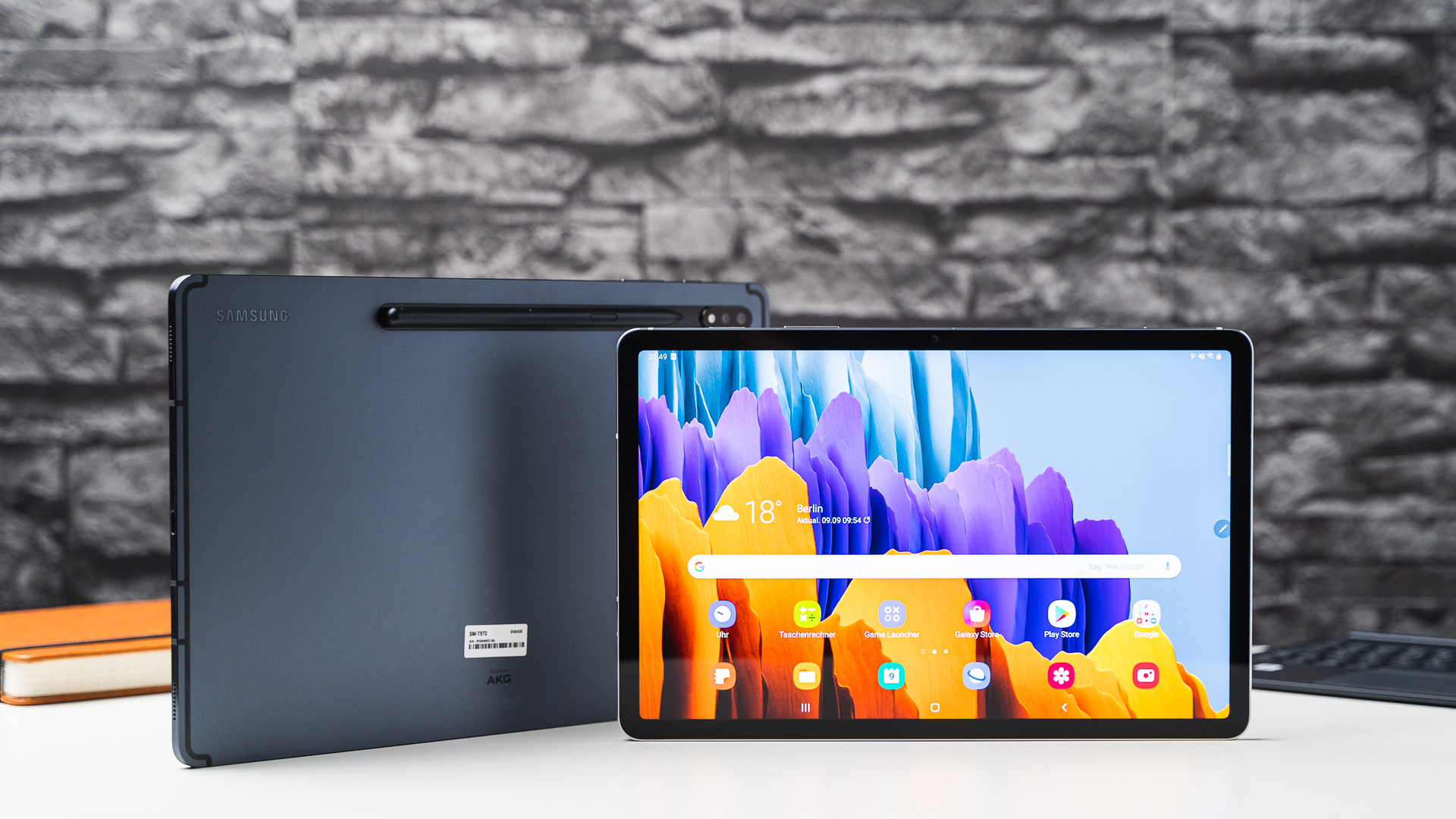
 The Best4 months ago
The Best4 months agoTop 15 Best Android Tablets Based On Real Reviews | 2024 Edition
-
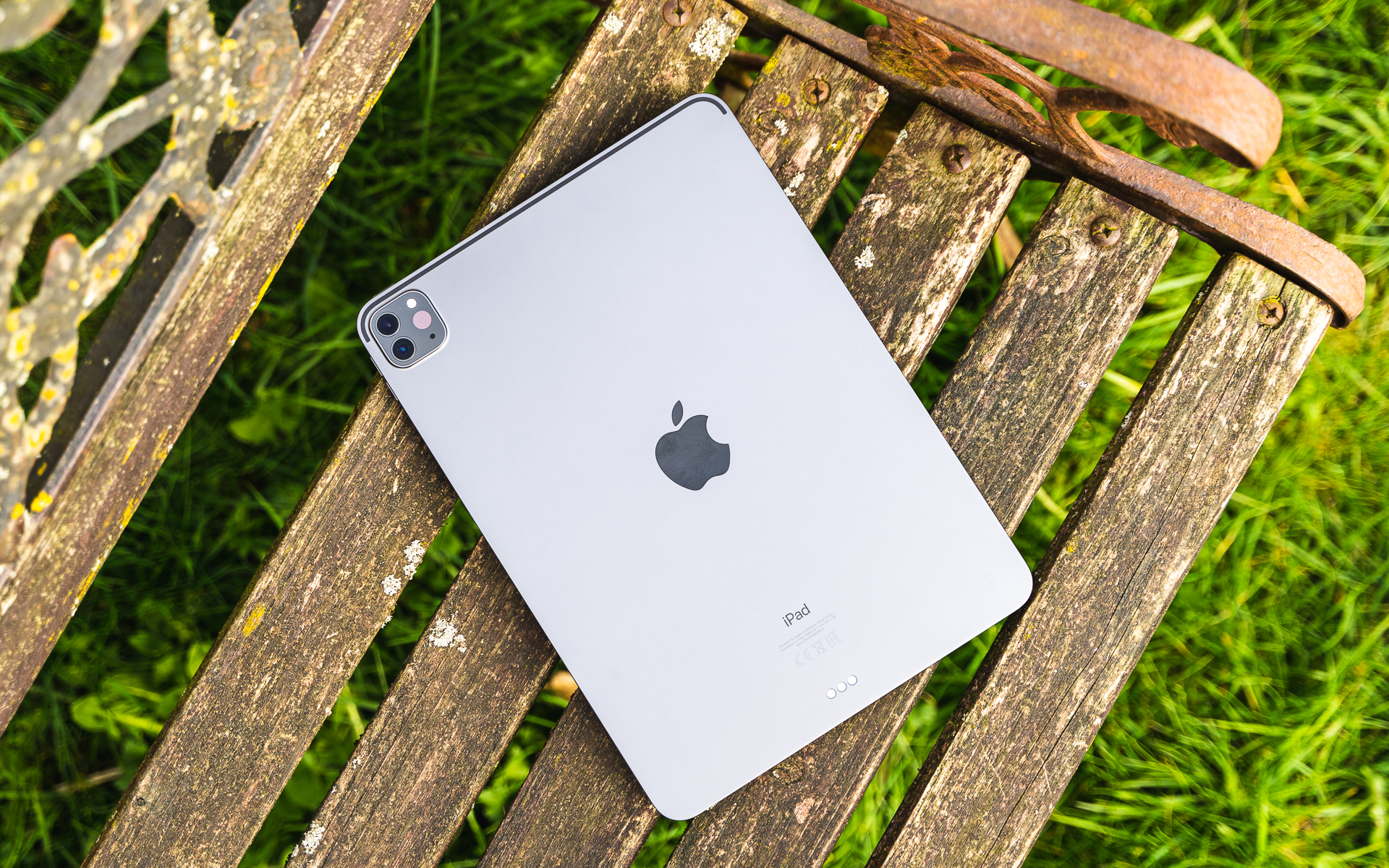
 The Best4 months ago
The Best4 months ago11 Best Tablets With 5G, 4G LTE & SIM Card Slot in 2024
-
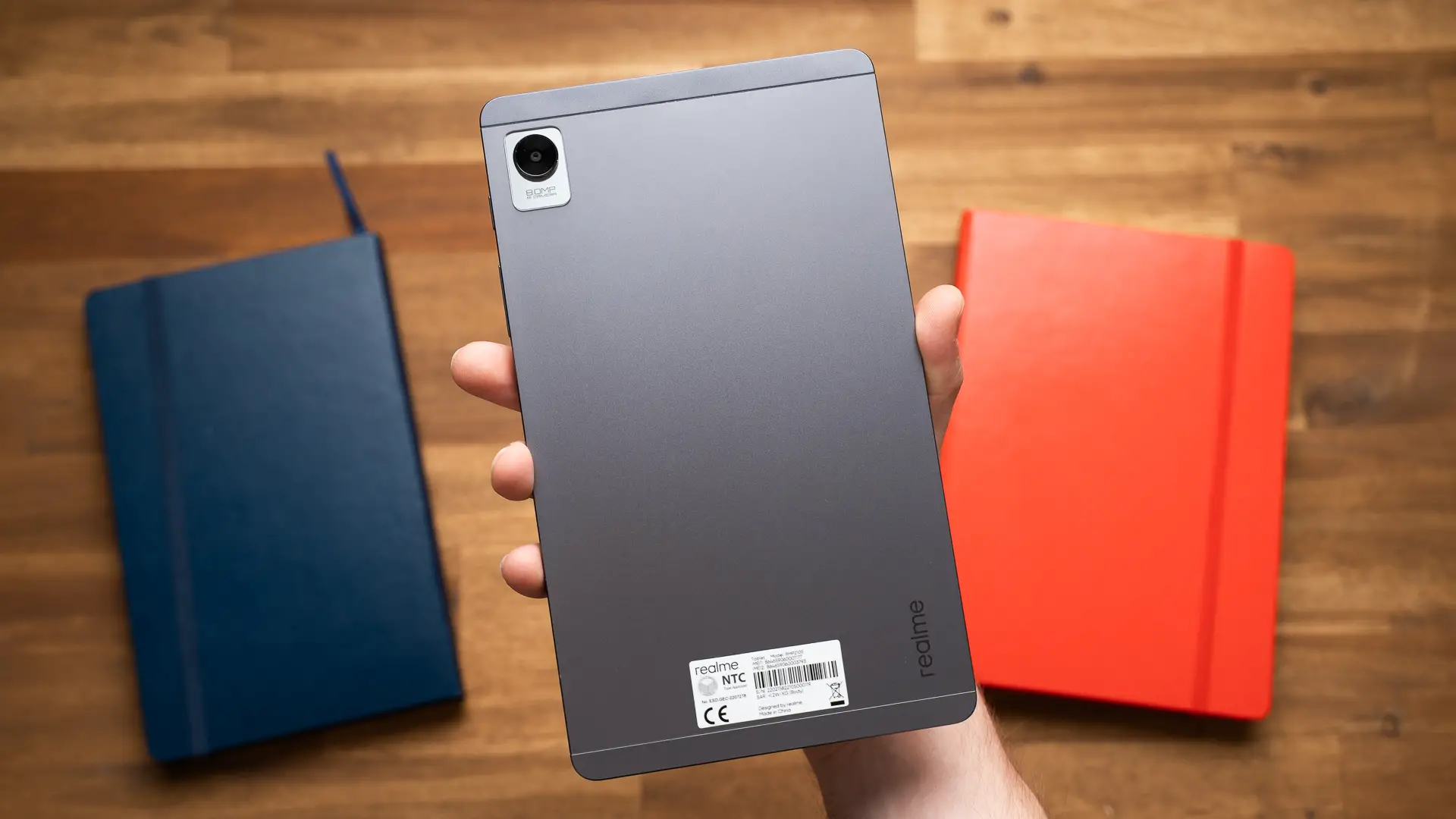
 The Best4 months ago
The Best4 months ago6 Best 8-Inch Mini Tablets Review & Comparison | 2024 Edition
-
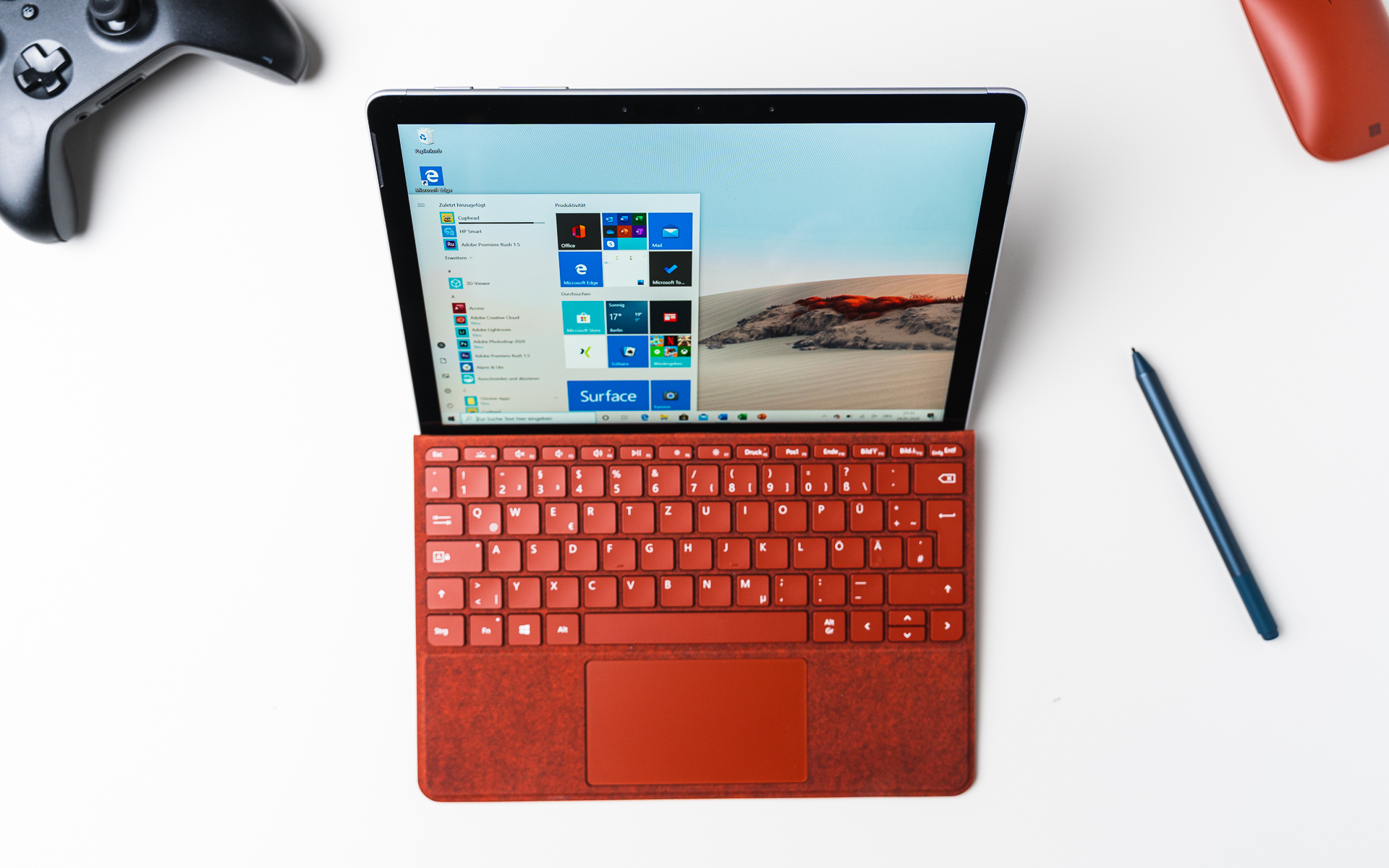
 The Best5 months ago
The Best5 months agoTop 3 Best Windows Tablets You Can Buy Today | 2024 Edition
-
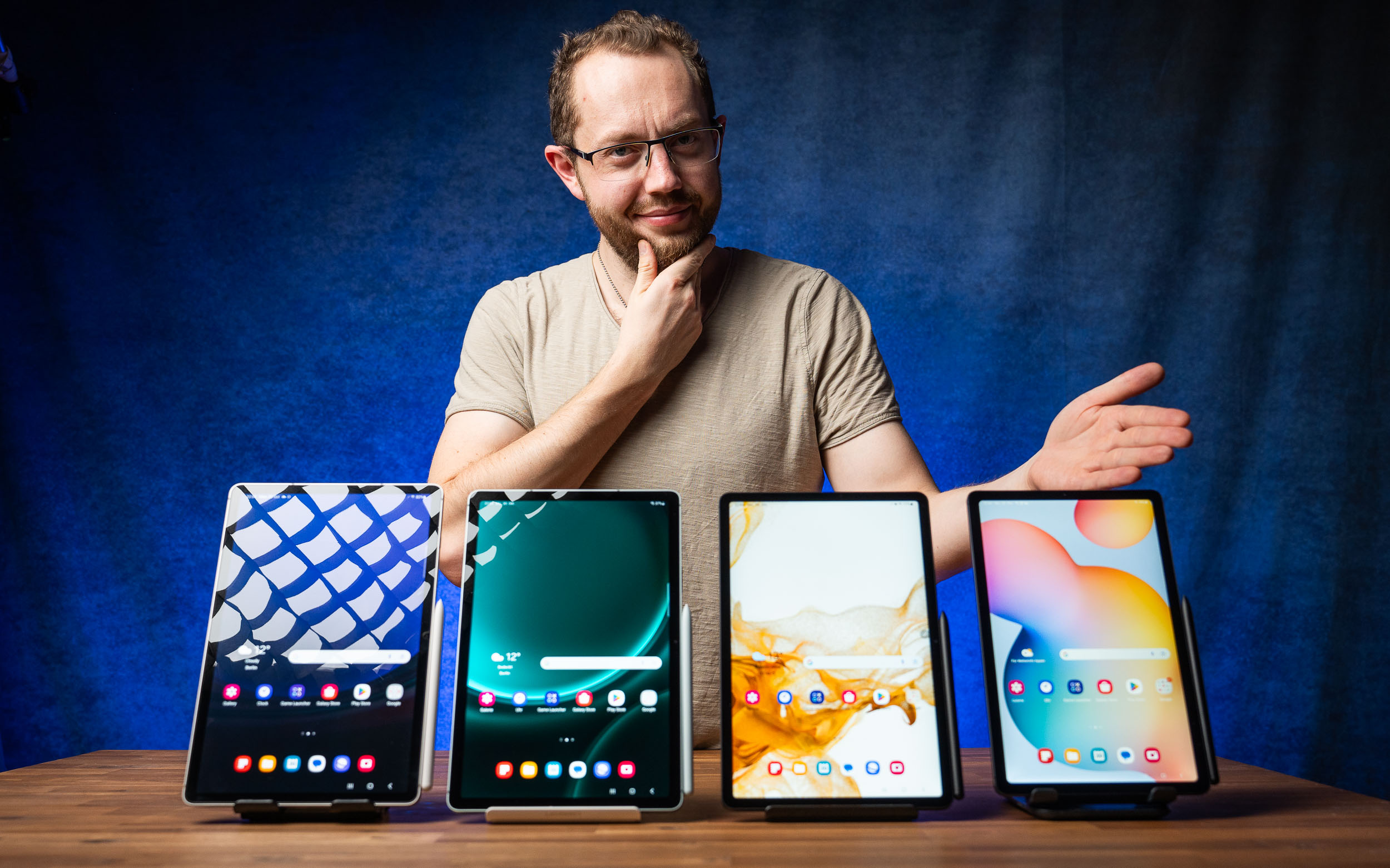
 The Best6 months ago
The Best6 months agoThe 8 Best Samsung Tablets: Our Big 2024 Comparison
-
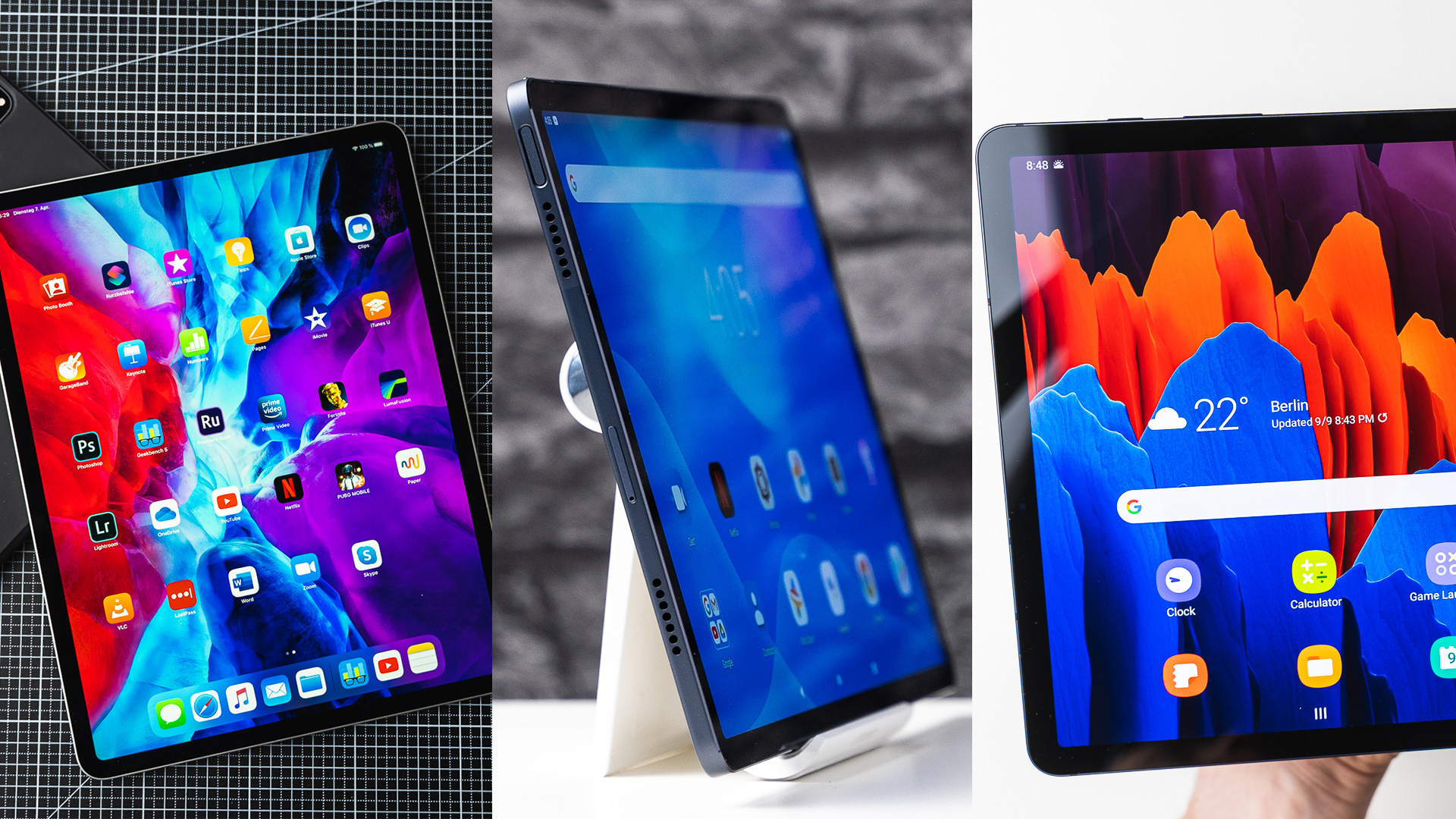
 The Best6 months ago
The Best6 months agoTop 7 Best Large Screen Tablets Tested | 2024 Edition

